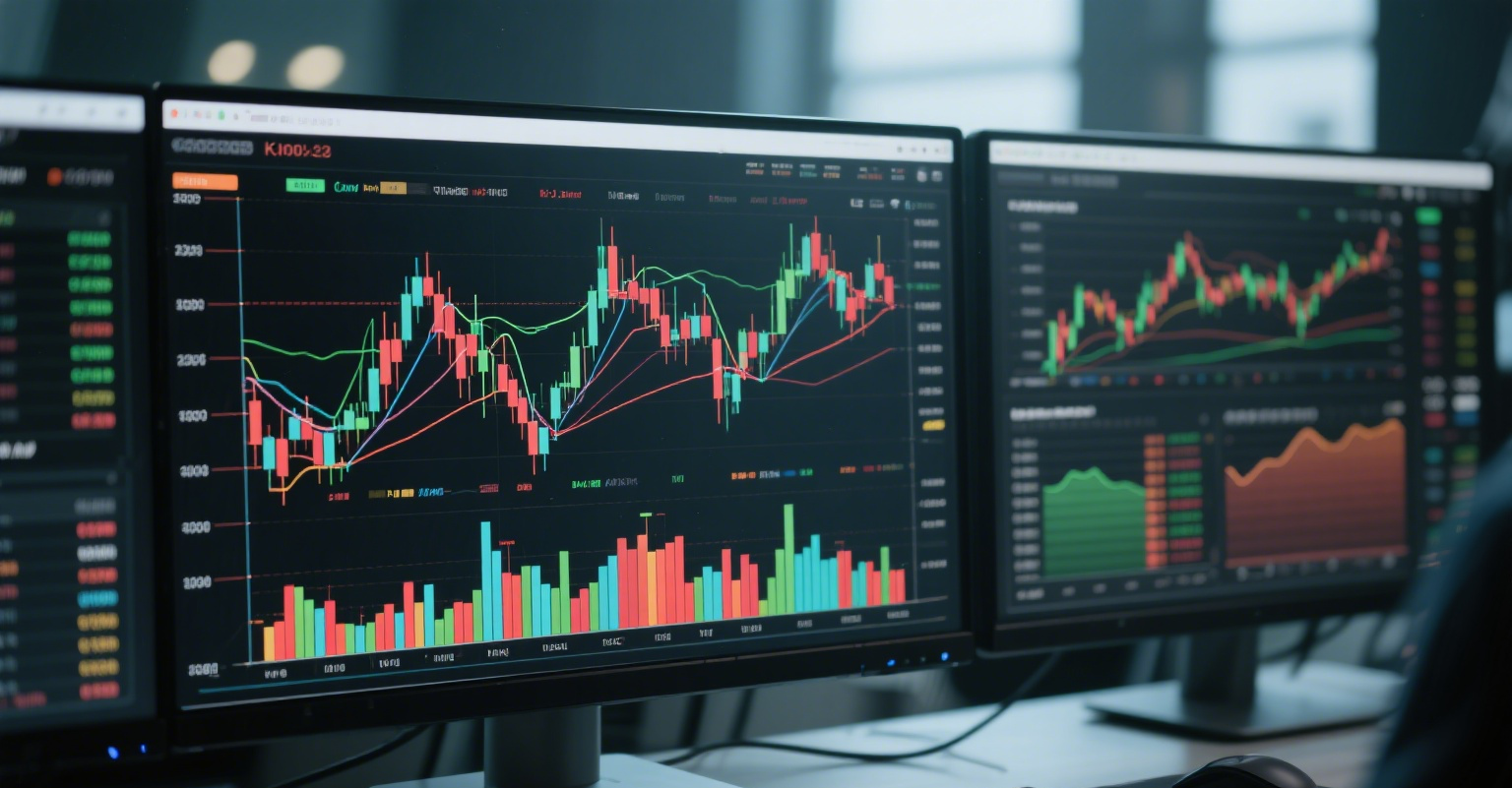
Forex Trading — What is Margin Trading?
When you want to buy an egg at a grocery store, you usually can’t buy just one—they’re often sold by the dozen (12 eggs).
In the forex market, buying or selling just 1 euro is also impractical. Forex currencies are typically traded in "lots," such as 1,000 units (micro lot), 10,000 units (mini lot), or 100,000 units (standard lot), depending on your broker and account type.
"But I don’t have enough money to buy 10,000 euros! Can I still trade?"
You can trade on margin!
Margin trading, simply put, is trading using borrowed capital. With margin trading, you can control a $1,250 or $50,000 trade with just $25 or $1,000 in your account.
Let’s break it down. Pay attention—this is crucial.
-
You believe market signals indicate the GBP will strengthen against the USD.
-
You open a standard lot (100,000 units of GBP/USD) with 2% margin, buying GBP in anticipation of a rise.
-
When you buy 1 standard lot of GBP/USD at 1.5000, you’re buying 100,000 GBP, worth $150,000.
-
If the margin requirement is 2%, you only need $3,000 in your account to open this trade.
-
Now, you’re controlling 100,000 GBP with just $3,000.
(We’ll discuss margin in more detail later, but hopefully, you now have a basic understanding.)
-
-
Your prediction comes true, and you decide to sell GBP/USD.
-
You close the position at 1.5050, making a profit of around $500.
-
When you close a trade, the initial margin used is returned to your account, and your profit or loss is calculated and credited.
Even better news: With the growth of retail forex trading, some brokers now allow trading in any unit size, meaning you don’t have to trade mini or standard lots.
If you hold a position past your broker’s "cut-off time" (usually 5:00 PM EST), your account will incur a rollover (swap) fee—either earning or paying interest, depending on your position and the currencies involved.
If you don’t want to earn or pay interest, simply close your position before 5:00 PM EST.
Since every forex trade involves borrowing one currency to buy another, swaps are part of trading:
-
If you borrow a currency, you pay interest.
-
If you buy a currency, you earn its interest.
If the currency you buy has a higher interest rate than the one you borrow (e.g., USD/JPY), the swap is positive, and you earn interest. Conversely, if the swap is negative, you pay interest.
Check with your broker for specific rollover details.
Note: Some retail brokers adjust swap rates based on factors like leverage and interbank rates, so confirm their policies beforehand.
















